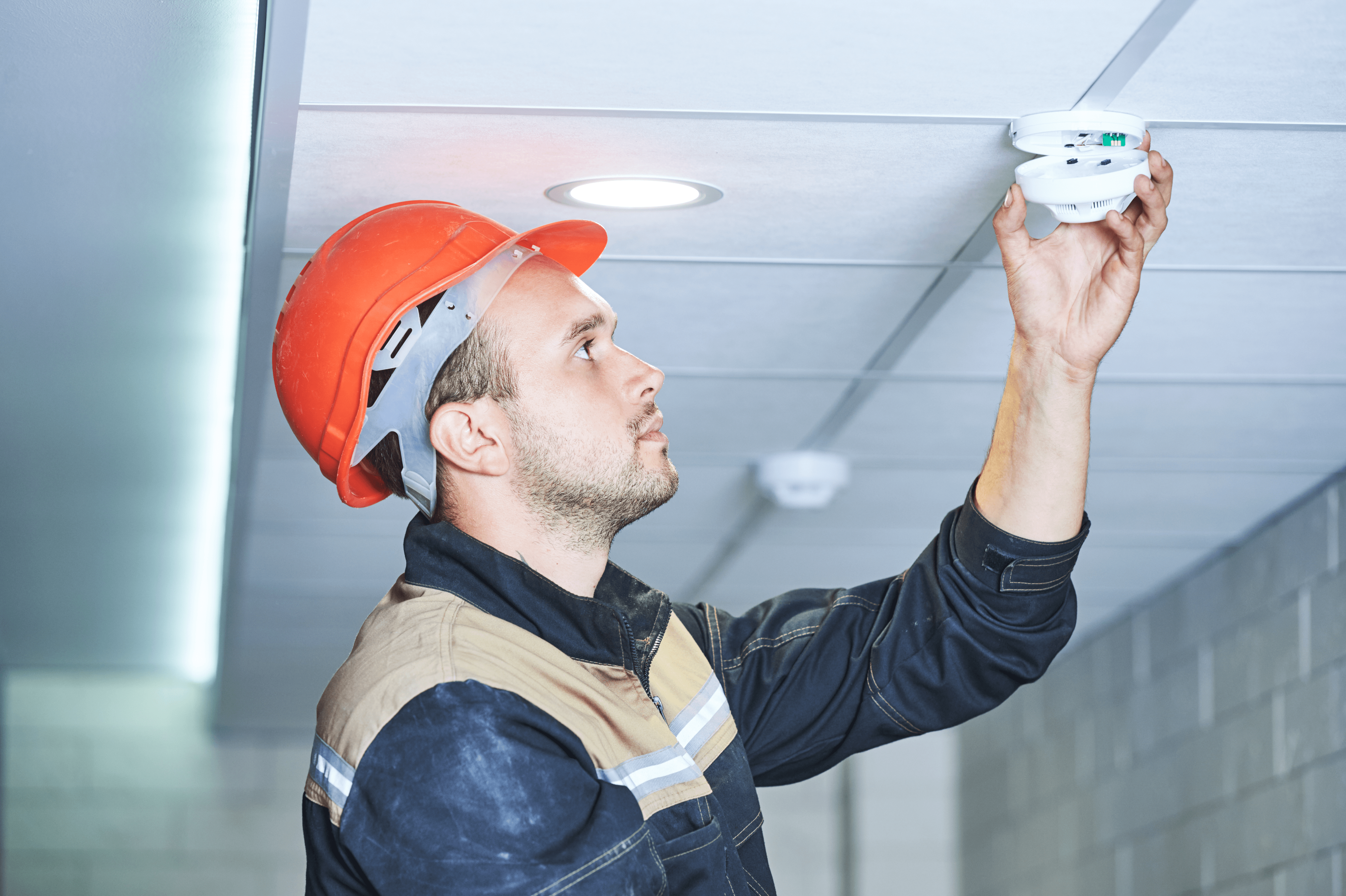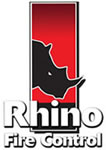
5 Reasons Why Fire Safety Procedures & Installation Should be Mandatory Wherever You Go
Fire safety systems save lives and reduce the risk of damage to buildings, but they do require correct installation and maintenance to function properly. With a wide variety of detection systems available, procedures and installations need to be tailored to each individual business's needs to ensure compliance and safety. Facilities vary massively in their scale, complexity, and requirements. However, the bottom line is that working systems and plans are essential.
1. Standards Adherence
It is imperative that fire detection and alarm installations follow the relevant standards for safety and suitability. In the UK these are set out in British Standards BS 5839-1:2017 which establish the code of practice for fire detection and alarm systems in non-domestic buildings. It covers the commissioning, design, and installation of systems as well as their maintenance. The first and main reason for adherence to this standard is that it helps to keep your building and its occupants safe if a fire breaks out. However, keeping your installations legally compliant also avoids fines or other sanctions.
2. Risk Assessment
Anyone in control of workplace buildings is required to conduct a fire risk assessment, as set out in the Regulatory Reform (Fire Safety) Order 2005. The fire order legislation details many fire safety requirements, including evacuation procedures and fire door standards. It also covers the assessment of the necessity and suitability of fire detection systems. This is the most significant piece of legislation around fire safety in England and Wales and breaches could result in unlimited fines.
3. Safety Procedures Maintain System Effectiveness
Detection systems must be accompanied by clearly defined and effective safety procedures. Considerations include testing the good working order of alarm systems and emergency lighting. Escape routes must be kept clear and in good condition and fire doors need to function correctly. Additionally, fire exit signs need to be installed in the right places.
4. Detectors Ensure Early Evacuation
It is vital to have a fire detection and alarm system to allow early evacuation and mitigation actions. Smoke detectors can work with optical sensors, beam detectors, air sampling and other methods. Systems can be addressable or non-addressable, which relates to how detectors communicate with control units. The right type will depend on the nature of your building.
5. Testing Ensures Confidence
A regular inspection and testing schedule helps to ensure your fire safety installation is functioning properly. This requirement is also in accordance with BS 5839-1:2017. Regular maintenance involves repair or replacement if needed as well as updates with newer equipment. Proper inspection, testing and maintenance as well as regular test drills bring confidence to you and the users of your building that, should a fire break out, everyone has the best chance of safety.
Find Out More
To find out more about how Rhino Fire Control can help with your fire safety installations, please contact us to speak to an expert today.
Image source: Canva




